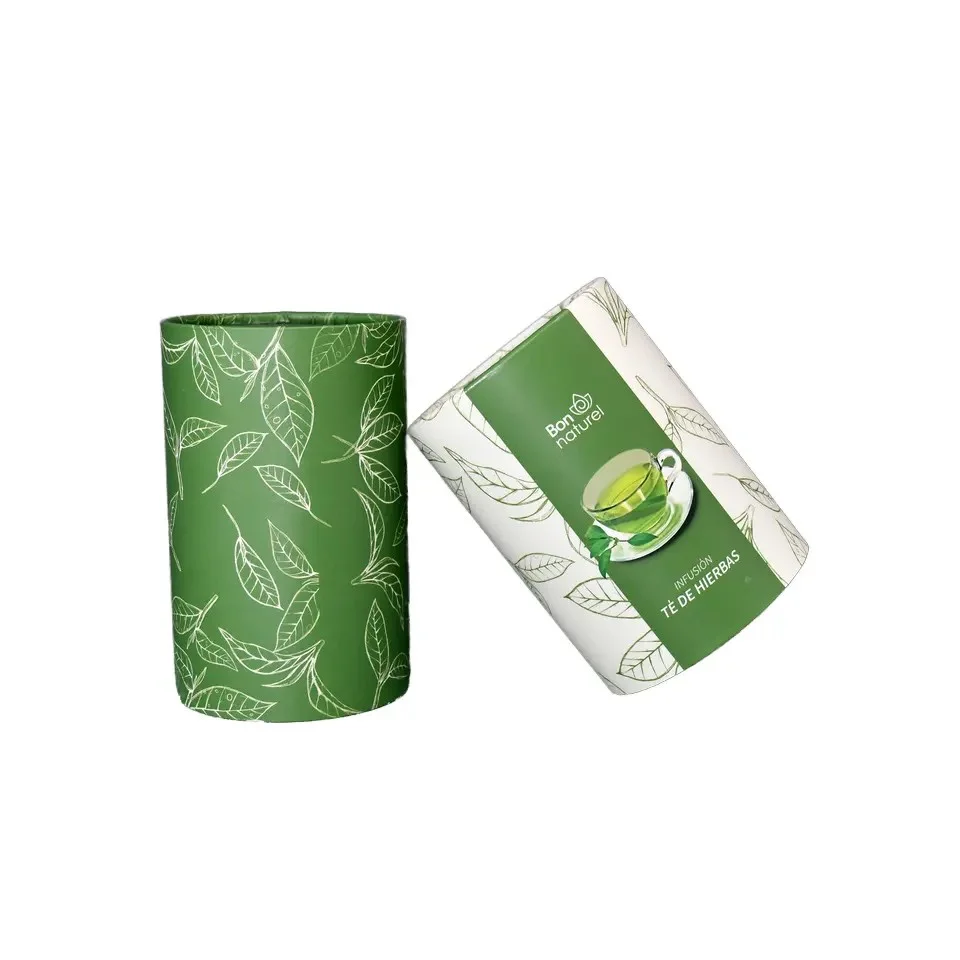In the ever-evolving landscape of food distribution, the packaging of fruits and vegetables plays a pivotal role in maintaining quality, extending shelf life, and ensuring sustainability. As consumers become increasingly aware of the environmental impact of packaging, the industry is responding with innovative methods that not only protect produce but also align with eco-friendly practices. This article delves into the various methods of packaging fruits and vegetables, exploring their benefits, challenges, and future trends.
- Traditional Packaging Methods
1.1. Wooden Crates and Boxes
Historically, wooden crates have been the go-to method for transporting fruits and vegetables. They provide excellent ventilation, which is crucial for produce that continues to respire after harvest. However, wooden packaging can be heavy and less sustainable due to deforestation concerns.
1.2. Plastic Bags
Plastic bags are ubiquitous in grocery stores, offering convenience and low cost. They are lightweight and can be sealed to protect produce from moisture loss. However, their environmental impact is significant, leading to increased scrutiny and calls for alternatives.
- Modern Packaging Innovations
2.1. Modified Atmosphere Packaging (MAP)
Modified Atmosphere Packaging is a cutting-edge technique that alters the composition of gases surrounding the produce. By reducing oxygen levels and increasing carbon dioxide, MAP slows down respiration and delays spoilage. This method is particularly effective for perishable items like berries and leafy greens.
2.2. Biodegradable and Compostable Materials
With the rise of environmental consciousness, biodegradable and compostable packaging materials have gained traction. Made from plant-based materials such as cornstarch or sugarcane, these options break down naturally, reducing landfill waste. Companies like BioBag and Vegware are leading the charge in this area, offering sustainable alternatives that do not compromise on performance.
- Smart Packaging Technologies
3.1. Active Packaging
Active packaging incorporates substances that actively interact with the contents to extend shelf life. For instance, oxygen scavengers can absorb excess oxygen, while ethylene absorbers can delay ripening in fruits like bananas and avocados. This technology not only enhances freshness but also reduces food waste.
3.2. Intelligent Packaging
Intelligent packaging goes a step further by integrating sensors that monitor the condition of the produce. These sensors can track temperature, humidity, and even spoilage indicators, providing real-time data to retailers and consumers. This transparency helps in making informed decisions about the freshness of the product.
- Sustainable Practices in Packaging
4.1. Reusable Packaging Systems
The shift towards a circular economy has led to the development of reusable packaging systems. Companies are now designing crates and containers that can be returned, cleaned, and reused multiple times. This approach significantly reduces single-use plastic waste and promotes sustainability.
4.2. Minimalist Packaging
Another trend gaining momentum is minimalist packaging, which focuses on reducing material usage while still providing adequate protection. This method not only cuts costs but also appeals to environmentally conscious consumers who prefer less wasteful options.
- Challenges and Future Directions
While the advancements in packaging methods for fruits and vegetables are promising, several challenges remain. The balance between cost, performance, and sustainability is delicate. Additionally, consumer education on proper disposal and recycling of packaging materials is crucial for maximizing environmental benefits.
Looking ahead, the future of fruit and vegetable packaging will likely be shaped by technological advancements and consumer preferences. Innovations such as edible packaging, which allows consumers to consume the packaging along with the product, could revolutionize the industry. Furthermore, increased collaboration between producers, retailers, and packaging manufacturers will be essential in developing solutions that meet both market demands and sustainability goals.
Conclusion
The methods of packaging fruits and vegetables are diverse and continually evolving. From traditional wooden crates to innovative smart packaging technologies, each method offers unique benefits and challenges. As the industry moves towards more sustainable practices, it is imperative for stakeholders to embrace these changes and prioritize the health of both consumers and the planet. By investing in innovative packaging solutions, we can ensure that fruits and vegetables remain fresh, nutritious, and environmentally friendly for generations to come.




+ There are no comments
Add yours